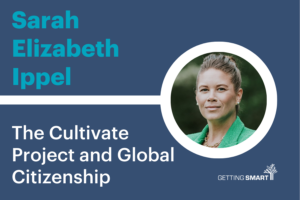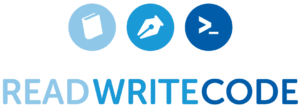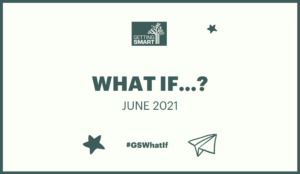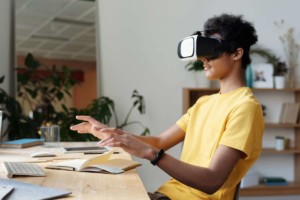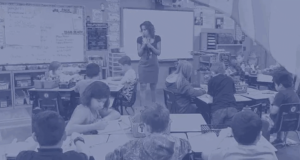Help Students Thrive in Remote Learning Environments with Formative Assessment
By: Amanda Vass. As students return to remote, hybrid, and in-person classrooms, Amanda shares strategies for incorporating formative assessment.
How Can We Make the Most of Synchronous and Asynchronous Time in Distance Learning?
[…] 3-4 hours a day Given these constraints it might be tempting to organize your day in an abbreviated schedule like 20 minutes for math, 20 minutes for reading, 20 minutes of writing, 20 minutes of science, etc. or period 1, period 2, period 3, etc. However, if you are focused on authentic learning and […]
Shining the Competency Education Light on Education in the Time of COVID-19
COVID-19 has created the conditions for a radical transformation in our schools. Chris discusses how personalized, mastery-based, competency, and proficiency-based approaches help teachers and schools.
Jeremy Keeshin on Read Write Code: A Friendly Introduction to World of Coding
[…] Code: A Friendly Introduction to the World of Coding and Why It’s the New Literacy. Who should read Jeremy’s book? Why secondary teachers would really benefit from reading Jeremy’s book. With things moving so fast, how does Jeremy keep up and continually learn? Tom thanks Jeremy for joining the podcast! Mentioned in This Episode: […]
Virtual Agreements Help Mitigate Cheating in My Online Classroom
[…] the perfect breeding ground for this type of learning to happen! Another way to emphasize the spirit of the virtual contract is to emphasize project-based learning. Are standardized, static assessments important? Sure. But formative, dynamic check-ins make it easier to avoid cheating—because, by doing so, there aren’t necessarily any right (or wrong) answers. Online […]
What If?: June Recap
[…] Joe Kirstein of Episcopal Day School: In their book, Four-Dimensional Education Charles Fadel, Maya Bialik, and Bernie Trilling argue that 21st country education must evolve beyond the standard practice of simply delivering content. Students who will enter a modern workplace will not only need to possess a breadth of knowledge, but they must also […]
LEAP from the Era of Accountability to the Age of Personalization
[…] going to completely change the core technology of teaching and learning overnight is not realistic. However, we can select critical milestones in the student journey like 3rd-grade reading, middle school math, and college and career readiness to demonstrate accelerated pathways with teachers who are skilled with personalized learning tools. Improvement Science: The age of […]
Now is the Time to Build a New Field in Education
[…] I had with a researcher studying the effects of what he calls “personalized learning” and “student-centered learning” on elementary-aged children. The children worked on self-paced math and reading lessons on their computers, game-based lessons, and opportunities to form mini book clubs on shared topics of interest. His commitment was to raise standardized achievement scores. […]
What’s the EdTech Vaccine? 10 Design Principles
[…] inclusion to portable accommodations. What if, instead of just being included, learners had portable accommodations that showed up in each learning instance they experienced (e.g., learning preferences, reading assistance, communication aids)? From intervention to integrated support. What if, instead of responding to crisis, platforms helped monitor well-being and equipped learning advisors with early warning systems and […]
Insights From the InspirED Fellowship
[…] educators seek to quantify it? And more broadly, to what end do we strive to increase engagement in a student’s K-12 career? At the same time, the reading on Singapore’s education system broadened my thinking along with two themes: teacher time and learner profiles. In Singapore, a realistic view of the teaching profession is […]
